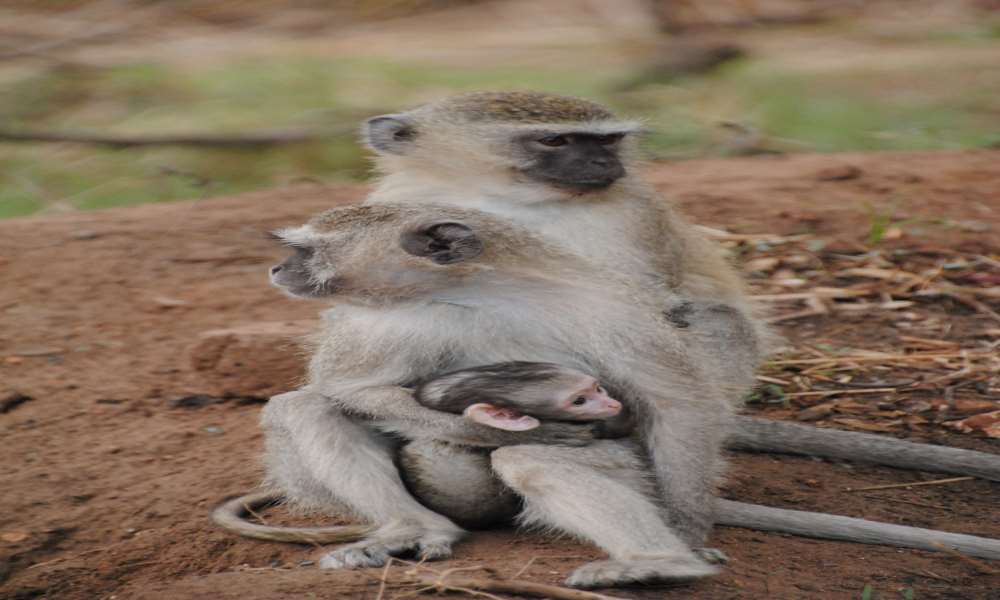Beyond Borders
KAZA Zambia & Zimbabwe - Boundless Nature Part III
The KAZA-Park was established to ensure that game reserves remain connected through corridors in order to form a coherent conservation area. This allowed wildlife to continue roam and migrate through their former rangelands.
The Kavango-Zambezi Transfrontier Conservation Area (KAZA-TFCA or KAZA in short) is a transboundary project that was officially opened in March 2012. The KAZA-Park comprises savannah, grassland, dry forest and wet forest ecosystems that jointly contribute towards a rich biodiversity. Lots of activities
Kafue National Park is the largest park in Zambia that is included in KAZA. It covers three provinces in the north-western, central and southern parts of the country. 152 species of mammals have been counted in the park. It was named after the Kafue River, a tributary of the mighty Zambezi.
The park offers a wide range of activities such as game drives, bird watching, canoeing, nature walks and fishing.
Bathing in the midst of nature
The third largest park in Zambia is the Sioma-Ngwezi National Park. It covers a total area of 5000 km². According to wildlife observers from the Zambian Wildlife Authority (ZAWA), the park is home to a variety of wildlife species such as elephants, lions, leopards, hyenas, cheetahs, wild dogs, giraffes, eland, sable antelopes, roan antelopes, Tsessebe, zebras, buffaloes, hippos, crocodiles and Sitatungas and many others, as well as a large number of bird species.
A highlight in the west of the park are the Ngonye Waterfalls, also called Sioma Falls. In the dry season, you can swim in one of the rock pools of the Zambezi River when the water level is low.
Thundering smoke
The Mosi-oa-Tunya National Park in Zambia is a UNESCO World Heritage Site. It is home to the world-famous Victoria Falls of the Zambezi River. On the Zambian side, the falls are called Mosi-oa-Tunya Falls, which translates to "The Smoke that Thunders".
The name refers to the water spray that rises from the falls at a height of up to 300 metres and can still be seen from a distance of 30 kilometres. The river forms the border between Zambia and Zimbabwe – the falls are shared by both countries.
Mosi-oa-Tunya National Park in Zambia is connected to Victoria Falls National Park on the Zimbabwean side (Wikipedia).
The largest water curtain on earth
The Victoria Falls in Zimbabwe have been a UNESCO World Heritage Site since 1998. In the Victoria National Park, the course of the Zambezi River plunges over a width of 1700 metres into a deep gorge 110 metres deep.
Due to the humidity of the resulting spray, a rainforest has developed in the immediate vicinity of the falls. Victoria Falls is the widest continuous waterfall on earth. The falls got their title as the "largest curtain of water on earth" because of the masses of water which, in the rainy season, flow over the falls at a rate of up to 10000 m³/s of water, as measured at the northern edge of the gorge.
Water in the dry season
Mana Pools National Park is situated in the West Mashonaland region of western Zimbabwe. The area is about 2200 km² and has been a UNESCO World Heritage Site since 1984. In the Shona language, Mana means "four".
This refers to the four large water basins of the Zambezi River, which are filled with water even in the dry season. Every rainy season, the flood plain of the Zambezi River turn into a lake landscape, which dries up again in the dry season.
Both Zambia and Zimbabwe have other beautiful parks, all of which are worth an extensive visit.






